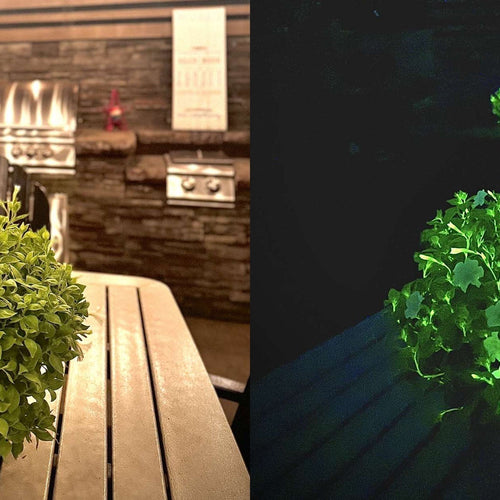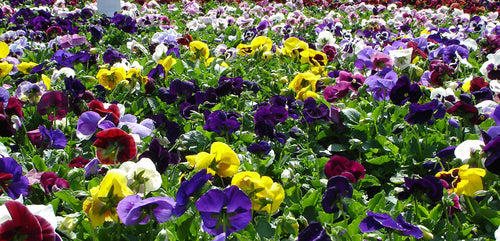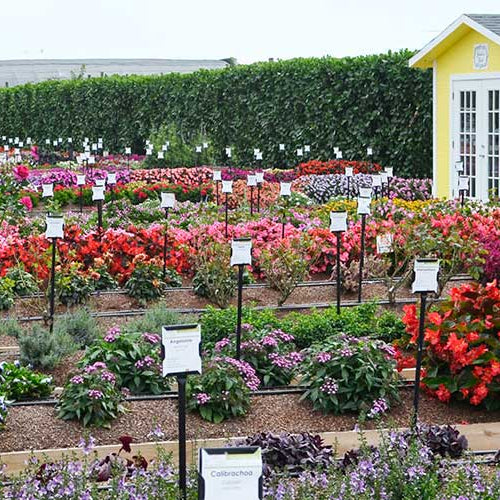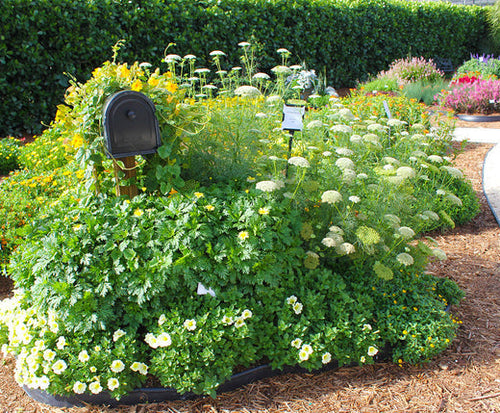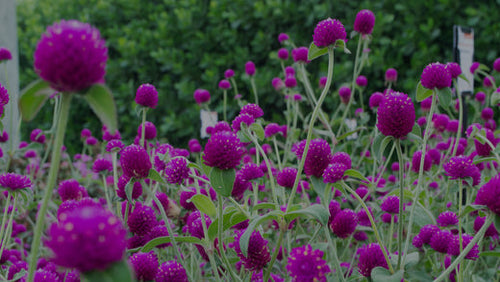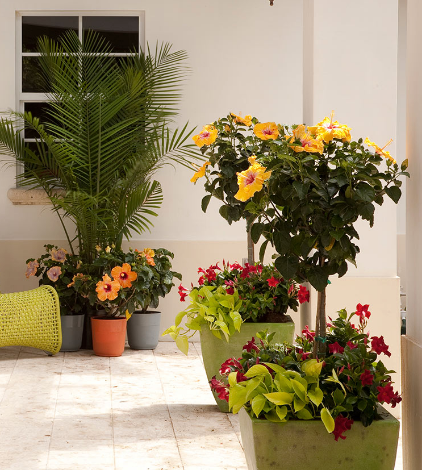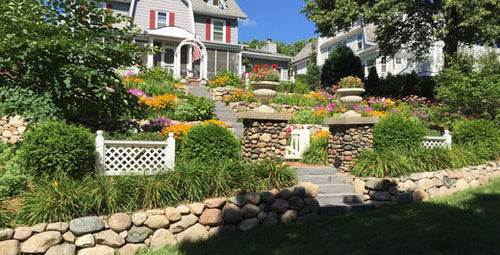By Karen Weir-Jimerson

If you’ve never gardened before, it may seem like a daunting hobby. Where do you start? This article will highlight what you need to know and what you need to buy so you can start a lifelong relationship with gardening. Here’s why gardening is a hobby that keeps growing in popularity -- Gardening is great exercise, will feed your spirit, and will keep you physically and mentally healthy. See how gardening is great exercise and also makes you mindful. -- Gardening is scalable. You can garden in a tiny pot or a large plot of land. See how to plant in a small yard. -- Gardening is diverse. You can grow food, flowers, succulents, cacti, tropical plants, and houseplants. So here’s what you need to get started in the lifelong hobby of gardening.
LIGHT
We’ll start with light, because every plant needs some sort of light in order to grow. If you look out your window (you’ll even notice it indoors), that the light changes from dawn to dusk. Some plants need very little light to grow; others need full light. Light activates the process of photosynthesis, which is the way plants process light into energy. -- Shade: Plants need less than 3 hours of direct sunlight a day. -- Partial Shade/Sun: Plants need between 3 and 6 hours of sun per day. They require protection from h2 mid-day sun. -- Sun: Plants require at least 6 hours of direct sun per day. Before you plant your garden, determine what kind of sun the growing area gets, then choose plants that grow in that type of light. In the garden center, look at the plant tag to determine a plant's light needs. If you are buying online, you can check the light requirements for the plant in the plant description.

WATER
Every living thing requires water. Plants are no different, although some plants require lots of water (think species that live in wet jungly areas) and others require scant amounts (think species that live in the desert). Here’s the catch-22 about water: No plant can live without water. But too much of a good thing can kill a plant. So it's important to understand the water needs of your plants. It's a good idea to group plants with the same watering needs together. For example, if you are planting succulents (which require very little water), group them with other low-water plants, such as sedums. If you want a low-maintenance landscape, trying xeriscaping, the art of landscaping for low-water needs.

SOIL
Plants grow in soil. (The exception are plants that can grow in water or simply need air to live.) But if you have a traditional garden, you need good soil. Soil is a living thing, really. It’s full of nutrients that help plants grow. If you want beautiful healthy plants, you need to start with good soil. Rich organic soil is made up of several things. Materials, such as decaying leaves, grass clippings, and compost, help build the body of the soil so it holds moisture better. Besides offering nutrients, good soil drains well. (Plant roots need hydration, but don’t like to sit in water). Good soil is loose and fluffy, easy to plant in, easy to grow in. You can easily check your soil’s nutrient levels by doing a soil test. Contact your local university or cooperative extension service for a soil-testing kit. You will take samples of your soil and send them to a laboratory for analysis. The lab will return your results, letting you know if your ground is deficient in any particular nutrients. After you determine what your soil needs, you can add the appropriate amendments, if necessary. Any soil can be improved by adding compost to make it more nutritious. Or you can purchase packaged soil with fertilizer already mixed in for your raised beds and containers.
TOOLS
The type of gardening you want to do will dictate what kind of tools and equipment you need. -- Container gardening If you garden in containers, you’ll need a hand tool called a trowel, which will aid in digging holes. --In-ground gardening If you garden in the yard, you’ll also need the following: * Digging tools. Choose a spade to dig holes and a fork to work in soil (adding amendments or breaking up clods). * Cutting tools. Choose hand pruners or loppers to trim off dead branches or flowers. * Watering tools. Choose a hose, watering wand, or watering can. If you want to get more sophisticated, you can add an irrigation system to your yard. You can even install irrigation in containers. * Hand protection. And a pair of gloves will protect your hands when doing rough work as well as keeping them clean.

FERTILIZER
You can either use a time-release fertilizer once at the beginning of the season or use multiple applications of quick-release fertilizer throughout the course of the growing season. -- Time-release fertilizer This type of fertilizer is often in the form of dry granules or spheres. As granules break down in the soil, they slowly release nutrients, providing a steady supply for your plants. Time-release fertilizers typically work for 6 to 12 weeks, depending on conditions. -- Quick-release fertilizer This type of fertilizer delivers nutrients immediately to the soil, so you usually see quicker response from your plants. The effects don’t last as long as time-release fertilizers, however, and depending on the nutrient, plant, and growing conditions, the added nutrients could wash out in a week or less. Quick-release fertilizers are often mixed with water, but there are also dry, granular types available, as well. -- Organic fertilizer This type of fertilizer is derived from natural sources. In addition to releasing nutrients to the soil, they may help by improving the overall quality of your soil. Because they’re based on natural materials, such as manure, fish, or guano, some organic fertilizers may have a h2 scent. -- Synthetic fertilizer This type of fertilizer usually sold in a numeric formula (such as 10-10-10) with equal parts of nitrogen, phosphorus, and potassium. They’re almost always faster-acting than organic fertilizers, and come in a wide variety of forms that, in some cases, are more convenient or easy to use in the garden. You may be able to find synthetic fertilizers designed for specific garden situations, such as acidic soil, or that concentrate on one nutrient your soil may be lacking so you’re not adding nutrients your soil doesn’t need.

PLANTING
You can grow plants in containers, hanging baskets, or window boxes. See how to plant a container here. If you have garden beds, you can plant annuals and perennials, or a mix of both. -- Annuals for instant gratification For quick color in beds, borders, or containers, annual flowers are the way to go. They start flowering at a young age and are in almost constant bloom from spring till fall. Classic colorful annuals, such as cascading petunias, cheery marigolds, bold geraniums, and happy-go-lucky begonias, create big bold color. -- Perennials for the year after year of blooms For reliable color year after year, look to perennial flowers. See our how to pick the best perennials! These plants return in spring, growing bigger and better with each succeeding season. If you want non-stop color, plant a mixture of spring-, summer-, and fall-flowering perennials. Here are some perennials that bloom the longest.





